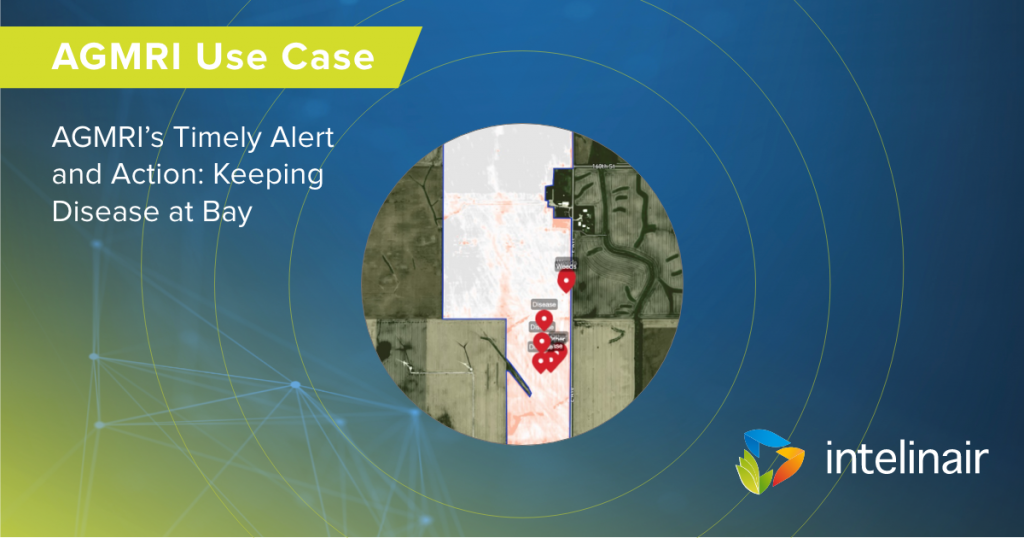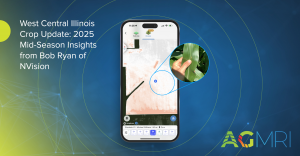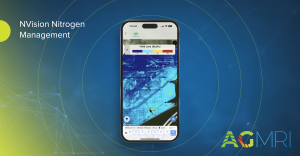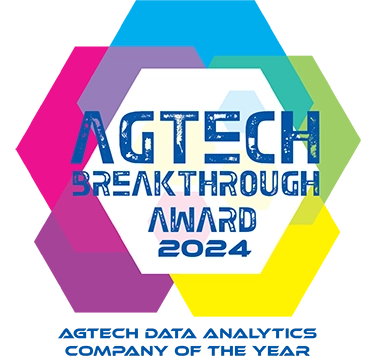Background
In early July, an Iowa farm manager noticed one of his fields appeared to be thriving and progressing well. This particular field consistently yielded excellent results for various crops and received meticulous management due to its proximity to the home place. He had plans to apply fungicide in the upcoming weeks to protect the crop.
However, upon reviewing AGMRI imagery, he spotted a thermal stress alert and decided to investigate further. His scouting efforts led to the identification of Northern Corn Leaf Blight. Recognizing the urgency, the grower decided to move up the fungicide application to the first week of the following month.
Challenge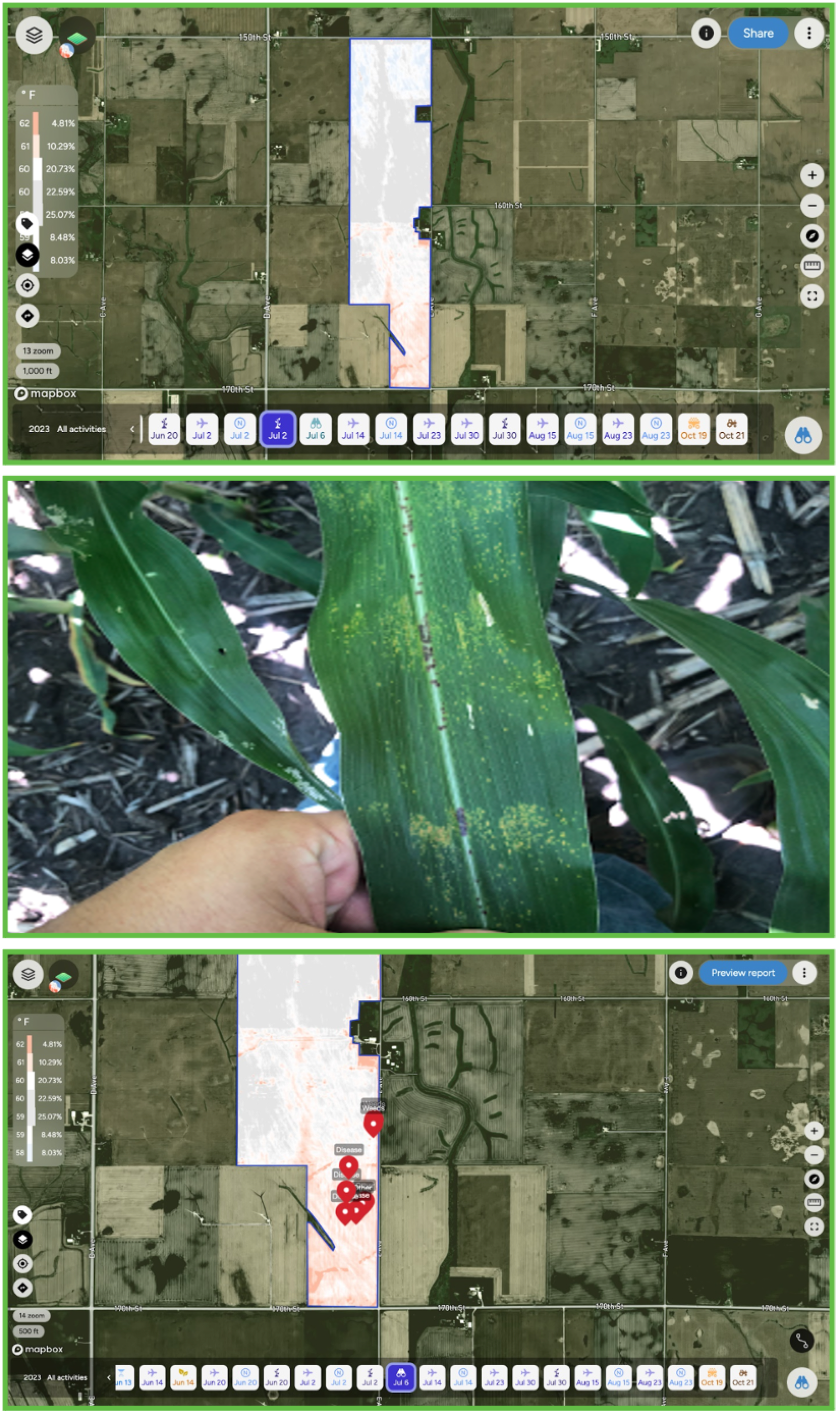
While his fields initially appeared clean, a “wind blown” pattern emerged in the south end, resembling a potential disease outbreak. Despite his annual fungicide applications, he grappled with questions about the ROI and effectiveness of this practice. Like many other farmers during peak disease timing, he was uncertain whether spraying fungicide was worth the investment.
Solution
AGMRI played a crucial role in addressing the challenge. The thermal mapping in AGMRI revealed the pattern within the field, suggesting the potential presence of disease. Scouting efforts confirmed the disease, prompting the grower to make the decision to spray earlier than initially planned. AGMRI’s insights allowed for a well-informed and timely response.
Results
The area sprayed early is forecasted to yield an impressive 230 bushels per acre. Going forward, the grower intends to use AGMRI for disease presence detection and fungicide timing, further enhancing the farm’s disease management practices. This success story underscores the practical benefits of AGMRI in optimizing disease control and protecting yield. This grower’s ROI is expected to be both qualitative and quantitative, with the early-sprayed area forecasted to demonstrate the effectiveness of timely disease management.

